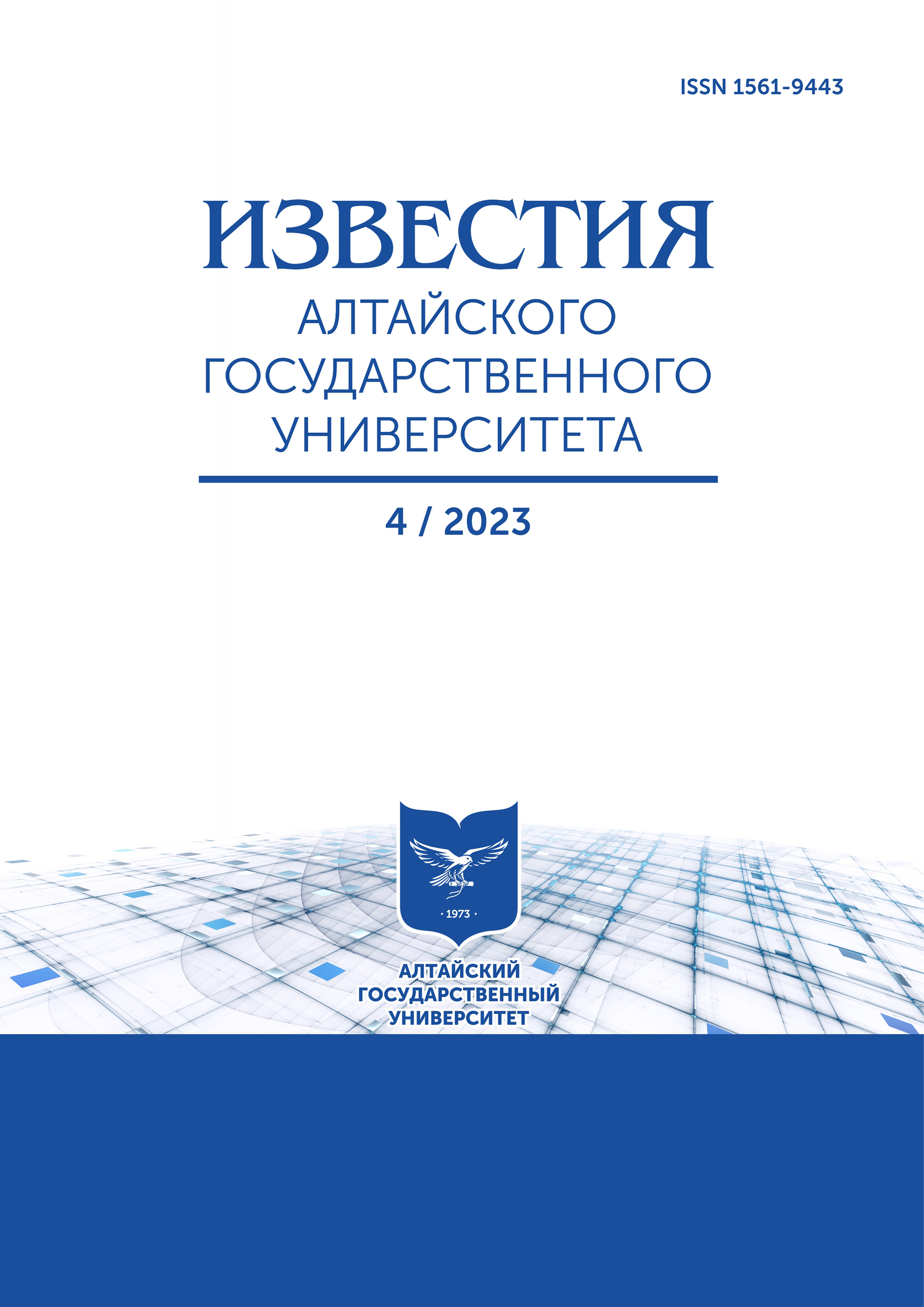Solving the Applied Problem of Random-Dot Images Analysis Using a Multidimensional Extension of Classic Catalan Numbers
УДК 519.688
Abstract
The paper introduces the concept of generalized Catalan numbers as a useful tool for solving many theoretical and applied combinatorial-probabilistic problems. Combined with analytical transformation software algorithms, the generalized Catalan numbers simplify the solution of many problems in computer science and applied mathematics. In particular, they turn out to be an effective tool for solving problems related to the registration of random-dot images, in signal transformations of various degrees of smoothness, and when developing speed-optimal algorithms for searching for pulsed-point objects with a random generation time of super short pulses. The proposal of the authors to formulate the problems of enumerative combinatorics in a word-symbolic form naturally leads to multidimensional extensions of the classical Catalan numbers and has several advantages. The combined use of multidimensional Catalan numbers and high-performance computer algebra systems enables solving a number of complex applied problems related to the reliability of the registration of random-dot images.
Downloads
Metrics
References
Gardner M. Mathematical Games, Catalan numbers: an integer sequence that materializes in unexpected places // Scientific American. 1976.
Hayes B. A Question of Numbers // American Scientist. 1996. № 1.
Saracevic M., Sharma S., Ahmad K. A novel block encryption method based on Catalan random walks // Multimedia Tools and Applications. 2021. Vol. 8. № 7. Doi: 10.1007/s11042-021-11497-5
Andre, D. Solution directe du probleme resolu par M. Bertrand // Comptes Rendus Acad. Sci. Paris. 1887. Vol. 105.
Feller W. An Introduction to Probability Theory and its Applications, 2nd ed. John Wiley: New York, 1957.
Bertrand J. Solution d'un probleme // Comptes Rendus de l'Academie des Sciences, Paris. 1887. Vol. 105.
Gessel I., Zeilberger D. Random walk in a Weyl chamber // Proc. Amer. Math. Soc. 1992. Vol. 115.
Wilks S. Mathematical Statistics. Princeton: Princeton Univ. Press. 1944.
Parzen E. Modern Probability Theory and Its Applications. John Wiley and Sons: New York. 1960.
Reznik A., Tuzikov A., Soloviev A., Torgov A. Analysis of random point images with the use of symbolic computation codes and generalized Catalan numbers // Optoelectronics Instrumentation and Data Processing. 2016. Vol. 52. № 6. Doi: 10.3103/S8756699016060017.
Резник А.Л., Тузиков А.В., Соловьев А.А., Торгов А.В. Интеллектуальная программная поддержка в задачах анализа случайных цифровых изображений // Вычислительные технологии. 2018. T 23. № 5. Doi: 10.25743/ICT.2018.23.5.007
Copyright (c) 2023 Александр Львович Резник , Александр Анатольевич Соловьев

This work is licensed under a Creative Commons Attribution 4.0 International License.
Izvestiya of Altai State University is a golden publisher, as we allow self-archiving, but most importantly we are fully transparent about your rights.
Authors may present and discuss their findings ahead of publication: at biological or scientific conferences, on preprint servers, in public databases, and in blogs, wikis, tweets, and other informal communication channels.
Izvestiya of Altai State University allows authors to deposit manuscripts (currently under review or those for intended submission to Izvestiya of Altai State University) in non-commercial, pre-print servers such as ArXiv.
Authors who publish with this journal agree to the following terms:
- Authors retain copyright and grant the journal right of first publication with the work simultaneously licensed under a Creative Commons Attribution License (CC BY 4.0) that allows others to share the work with an acknowledgement of the work's authorship and initial publication in this journal.
- Authors are able to enter into separate, additional contractual arrangements for the non-exclusive distribution of the journal's published version of the work (e.g., post it to an institutional repository or publish it in a book), with an acknowledgement of its initial publication in this journal.
- Authors are permitted and encouraged to post their work online (e.g., in institutional repositories or on their website) prior to and during the submission process, as it can lead to productive exchanges, as well as earlier and greater citation of published work (See The Effect of Open Access).








